In hindsight, the timing couldn’t have been more perfect. Having spent most of the prior week attempting to outmaneuver one of Japan’s most persistent typhoons in recent memory, I arrived on Ojika mentally and emotionally exhausted. I had been on the road for over a week and craving some downtime. Fortunately, Ojika provided that in spades.
Each day on Ojika Island, there are two momentous events: sunrise and sunset. What you do with the time between them is up to you.
Hoshu: A Tranquil Villa Made for Relaxation
Minutes from Ojika Port, where I arrived by boat from Sasebo on the Nagasaki mainland, I check into my accommodation, Kominka Hoshu. One of several traditional Japanese houses renovated into spacious quarters for one group of guests. Hoshu, with its harmonious tatami-mat sitting room with a garden view, aromatic cedar bath, and full kitchen, tempts me to stay inside and never leave. But then again, I’d miss the rest of the serenity this peaceful island has to offer.
I rented an electric bicycle from the Ojika Tourism office, which they kindly left at my doorstep. While Ojika is small, with the main island only 34 km in circumference, cycling is the quickest and easiest way to get to most places. Like most visitors to Ojika, my first destination is the beach.
Several beaches dot the coast of Ojika, but for swimming and watersports, none can match Kakinohama Beach on the island’s north shore. Sheltered in a cove, the beach is largely protected from heavy surf and is safe for even children to swim in its turquoise blue waters. I wade into the warm early September water. Hundreds of colorful fish are visible just below the surface, curious undersea friends approaching me for a closer look before darting away. I sit on the shore while the warm surf laps at my feet for what feels like an eternity, but when I check my watch, it is only an hour.
After showering and changing at Kakinohama, I cycle slowly back to Hoshu on the other side of the island. The day is hot, but the warm island breeze makes it tolerable, almost peaceful. Gliding downhill, I stretch out an arm as if trying to fly. A local in a small truck passes me slowly, waving to me as he goes by.
Fishing and Dining With Local Islanders on Ojika
In the late afternoon, the fish come out to feed, so I meet my pre-arranged local contact near the pier at the port for some fishing. When I arrive, Chiaki Yamamoto has already prepared the poles and lines and is busy chopping up bits of small fish for bait. He tells me large fish are under the pier, so we’ll try to catch them first. Seconds after my line is in the water and the bait sinks into the dark depths, I feel a tug at my line. In my excitement, I tug back. No, no, says Yamamoto. Patience. The fish is gone, and with him, the bait. I reel in, and he helps me re-bait the hook.
After a half-dozen near misses and one decent catch, we change our target to aji, small horse mackerel that are a staple seafood in Japan and abundant around the pier. Now, Yamamoto loads a small container full of chum and hangs it at the end of a line with a half dozen hooks and lures. The chum causes fish to swarm; some confuse the lures with the chum and get hooked. Easy peasy, or so it seems.
By the time the last of the chum drops in the water, the sun is nearly setting, and just a few small aji are in my bucket. I lost track of the time, embroiled in a competitive battle with these shiny little fish, and it became apparent that I had lost. Yamamoto shrugs and smiles, and I smile, a little embarrassed by my lack of fishing prowess.
Yamamoto drives us back to his home, where his wife, Mariko, has prepared a dinner feast for us. Fortunately, she wasn’t counting on my skills as a fisherman to keep us from going hungry. Freshly sliced sashimi, deep-fried tempura, savory chawanmushi egg custard, and simmered vegetables cover their low dining room table. We toast in appreciation for the huge meal, the graciousness of my hosts, and the beauty of the islands.
Yamamoto returns me to Hoshu, where I take a relaxing bath in the cedar tub before drifting off to sleep, snuggled in a soft futon bed.
Exploring Peaceful Ojika At My Own Pace
I set an alarm for 5:30am, but I didn’t need it. A peaceful night of sleep combined with the anticipation of the golden sunrise over a pristine Ojika landscape was enough to wake me naturally. I rode quickly back to Kakinohama Beach, which faces Nozaki Island in the east, one of Ojika’s best spots to catch the sunrise.
A small boat anchors off the shore, and I watch as the sun rises behind and above it, bathing it in a golden ray of reflected light. Time again seemed suspended, every second stretching into minutes in the calm beauty of the scenery. My mind wanders like the gentle tide until the radiant colors of sunrise fade into daylight.
I take a detour down the road to Goryo Cliffs, where the sharp black lava plunges into the blue sea. Compared to the serene beauty of Kakinohama, a few hundred meters away, Goryo is moody and dramatic, with sometimes rough seas crashing on the rugged coast. It is a beach better photographed than one used to enter the sea.
On my way back to Hoshu, I stop at Cafe Turtle for a wake-me-up latte prepared by the owner and barista, Yosuke Taguchi. A quiet man, he made polite conversation and his signature latte, which lived up to its stellar reputation, before returning to the televised baseball game where Shohei Ohtani was coming to bat for the Dodgers. I turn my head and watch with him in silent camaraderie.
With nothing in particular on my itinerary, I wander through the labyrinth of streets that make up Ojika’s downtown area, shaped by the terrain and the narrow strait that once separated the main island into two parts.
I poke my head into Ojikappan Letterpress and Momoko-san, the designer who owns and runs the shop, greets me. Momoko Yokoyama is a poster child for Ojika “U-turnees”, those who were born on Ojika but left the island for a season of life, only to return to the island later to start a new phase of life. After studying design at a university in Tokyo, Yokoyama returned to her home island to start a successful business and promote the wonders of Ojika to the rest of Japan and the world. She lets me wander, first through her father’s letterpress workshop with thousands of type blocks organized along the walls, then to her workshop connected by an open door, where she demonstrates the use of her vintage Heidelberg Platen Press. The loud rhythm of the machine as it prints one page after another is somehow soothing.
Lunch today is at KONNE cafe, run by the Fujita family. Husband Koji is another U-turnee, returning to Ojika to care for his elderly grandmother and opening KONNE after she passed away. The Fujita family enjoy the slow pace of life it takes to run a restaurant on Ojika, which is evident by the fact that they can care for their infant daughter while the restaurant is open for business. The fare is simple, delicious, and inexpensive, modern cuisine that can neither be classified as Japanese nor Western.
After lunch, another beach. This time it is Shirahama Beach, a shallow bathing beach that seems to stretch endlessly from the shore to the depths of the sea, slowly transforming from golden yellow to azure blue along the way.
The single flaw of Shirahama Beach is human-made, and not by local residents. Large fishing vessels from other parts of the world dump their garbage into the ocean, and with no natural barriers to protect it, much of that garbage ends up on the sandy shores of Shirahama Beach. One resident, however, has become the defender of Shirahama. One day, local grocery store owner Harutomo Egawa decided enough was enough and headed to Shirahama Beach at 5am to pick up trash for an hour. The next day he came back. And the next. For over five years, Egawa came early in the morning before starting his workday to pick up garbage on Shirahama Beach. He organized community events. He even created what could be called a modern art sculpture out of garbage collected from the beach as a reminder of the damage humanity can inflict on our beautiful planet. The fact that I could enjoy the beach was largely because of Egawa’s concern for it. Inspired by the simple act of one concerned citizen, I, too, find myself picking up garbage, if only for a few minutes.
Living the Slow Life: Ojika Island Style
After slowly making my way back to Hoshu and taking a refreshing shower, I sit in the tatami room and watch the afternoon sunlight creep across the floor, filtered through the dancing leaves of the trees. A quiet knock at the front door snaps me back to the present. It is Yasuyo Udo, the local woman who has come to help me prepare dinner in the kominka. She bears edible gifts: fresh fish sliced into sashimi, a host of small side dishes consisting mainly of vegetables and seaweed prepared in various ways, and fresh vegetables she will teach me how to make into deep-fried tempura. We put rice in the rice cooker to make onigiri rice balls, wrapped in seaweed and with a salty-sour umeboshi pickled plum tucked inside.
While we cook together, Udo tells me her story. She first came to Ojika over 50 years ago from Osaka in her early 20s. It was a time of adventure in her life, having visited India by ferry and returning four or five times to Ojika because of her enduring love for the island. Eventually, a local young man proposed to her and she married, raised a family, and lived a peaceful life on the island. The fullness of her life can be seen, felt, tasted in her cooking, local specialties that can make new visitors to Ojika fall in love with the island, as Udo did.
But before I have a chance to savor this home-cooked meal, another person is at the front door. It’s the Ojika concierge, who is whisking me off to Madara Island to see the sunset, on her day off no less. We take a whirlwind sunset tour, to two of her favorite spots, before returning to Hoshu to enjoy my meal. I eat leisurely, watching the fishing boats bob on the water in the small port outside my window.
A Healing Trip That Refreshes Your Spirit
And so it goes on Ojika, for three full days. Waking early to find a new spot to enjoy the sunrise. Enjoying a meal or coffee in the restaurants and cafes and listening to the owner’s stories about their love of Ojika. Staring at the incoming tide with nowhere else to be and nothing else to do.
At 10:30am on the fourth day, 30 minutes before my ferry leaves for Sasebo, I sit at the edge of the pier, watching the fish swimming aimlessly below my feet. I can feel my heartbeat again; I notice the rhythm of my breathing. I have been healed from some affliction, the self-affliction of a modern, efficiency-oriented life. It’s a sickness most of us don’t realize we have until it is healed. And Ojika is the cure for what ails us.
Ojika Island: Where It Is and How to Get There
This has been a travelogue about Ojika Island, where I spent three wonderful days doing, well, practically nothing. Ojika is an island of Nagasaki Prefecture, most easily accessed by speed boat or ferry leaving from Sasebo Port. There is also an overnight ferry leaving from Hakata Port in Fukuoka that arrives in Ojika around 5am.
Bookings for Kominka Hoshu or any of the five other kominka lodgings around the island can be arranged through Ojika Island Tourism, as well as various other activities such as fishing or a meal with a local family, a home-made meal in your kominka, sunset tours, or reservations for various local restaurants.
Sponsored by Ojika Town.

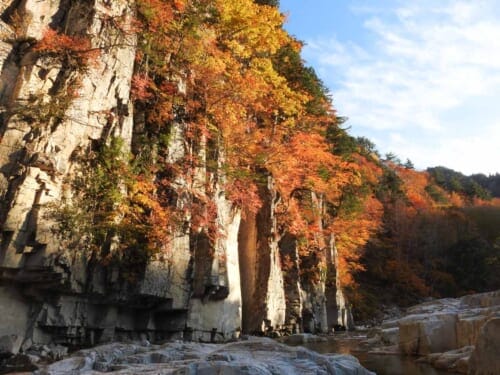
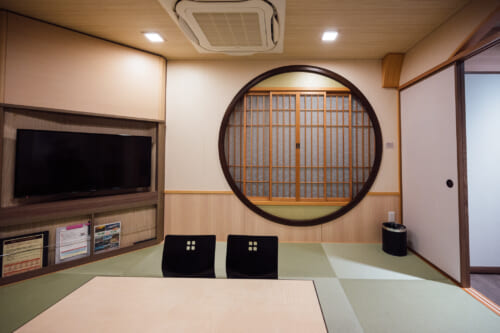
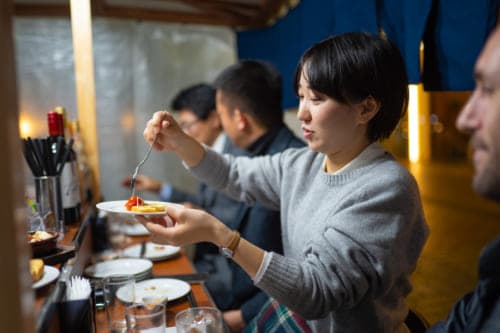
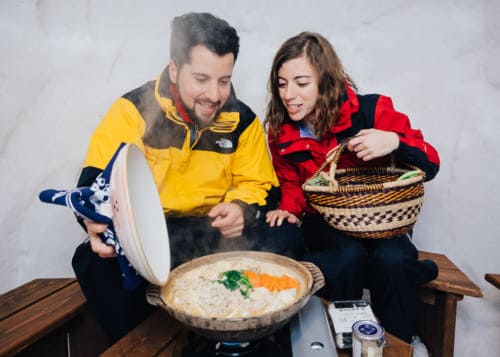
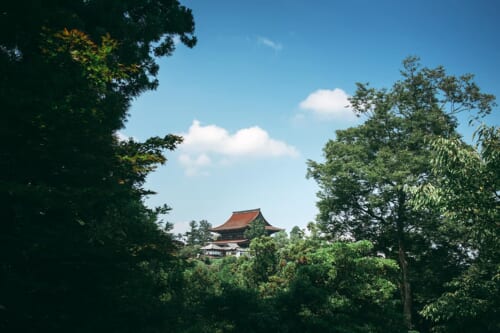
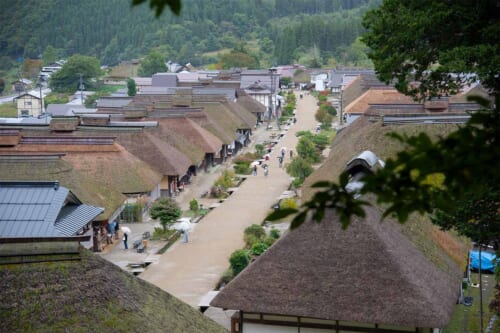
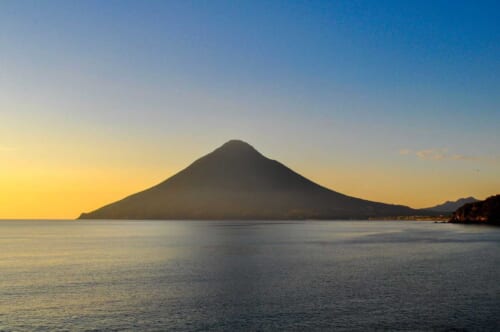


No Comments yet!